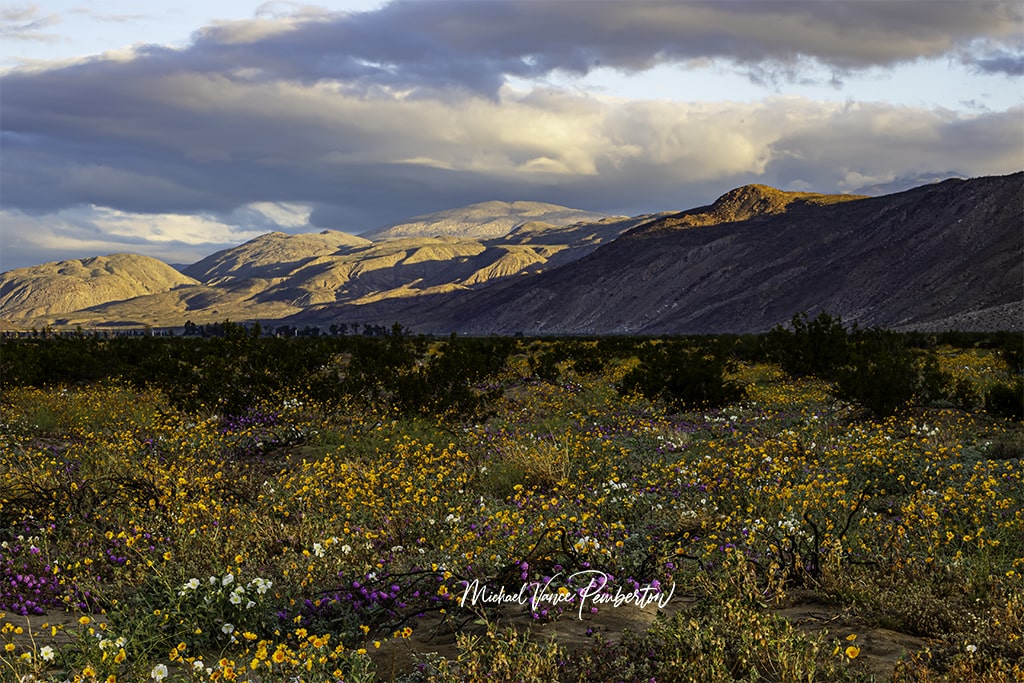
Landscape photography invites us to immerse ourselves in the beauty of the natural world, capturing sweeping vistas, dramatic landscapes, and breathtaking scenes. To honestly do justice to these magnificent settings, it’s essential to ensure that your images are sharp and clear, capturing every detail with precision and clarity. In this article, we’ll explore some valuable tips and techniques to help you master sharpness in your landscape photography, from choosing the right equipment to refining your shooting and post-processing workflows.
1. Start with a Sturdy Tripod:
A stable foundation is crucial for capturing sharp landscape images, especially in low-light conditions or when using slow shutter speeds. Invest in a high-quality tripod that can support the weight of your camera and lens setup. Look for adjustable legs, a sturdy ball head, and durable construction to ensure stability and reliability in various shooting environments.
2. Use the Right Aperture:
Choosing the optimal aperture setting plays a significant role in achieving sharpness throughout your landscape images. While smaller apertures (higher f-numbers) offer greater depth of field, they can also introduce diffraction, which may result in softer details. Aim for a balance between depth of field and diffraction by selecting an aperture that provides sufficient sharpness while maintaining overall image quality. Experiment with different aperture settings to find the sweet spot for your specific lens and shooting conditions.
3. Focus on the Foreground:
Foreground elements add depth and dimension to landscape compositions, drawing the viewer’s eye into the scene. When focusing on the Foreground, use a small aperture to maximize the depth of field and ensure sharpness from front to back. Consider using manual focus or focus stacking techniques to achieve precise focus on both foreground and background elements, especially in scenes with significant depth or complex compositions.
4. Mind Your Shutter Speed:
Pay attention to your shutter speed to avoid motion blur and maintain sharpness in landscape images, especially when photographing handheld or in windy conditions. As a general rule, aim for a shutter speed that is at least double the focal length of your lens to minimize the risk of camera shake. If shooting in low light or using slow shutter speeds for creative effects, use a tripod and remote shutter release to ensure stability and sharpness.
5. Optimize Your Camera Settings:
Take advantage of your camera’s features and settings to optimize the sharpness of your landscape images. Enable mirror lock-up or electronic first curtain shutter to reduce camera vibrations and minimize motion blur. Use the lowest ISO setting possible to maintain image quality and reduce noise. Consider shooting in RAW format to preserve maximum detail and flexibility in post-processing.
6. Pay Attention to Lens Quality:
Investing in high-quality lenses can significantly impact the sharpness and clarity of your landscape images. Look for lenses with advanced optical designs, premium glass elements, and effective image stabilization systems to ensure sharpness from edge to edge. Clean your lenses regularly and protect them from dust, moisture, and other contaminants that can degrade image quality.
7. Fine-Tune Your Focusing Technique:
Achieving precise focus is essential for capturing sharp landscape images. Use autofocus with single-point selection to target specific areas of interest, such as distant mountains or prominent landmarks. Consider using back-button focus or manual focus override for greater control and accuracy, especially in challenging lighting or contrast situations. Take test shots and review your images at high magnification to confirm focus accuracy before moving on to the following composition.
8. Post-Processing for Sharpness:
In addition to capturing sharp images in-camera, post-processing can further enhance the sharpness and clarity of your landscape photographs. Sharpening tools are used selectively to enhance details without introducing artifacts or noise. Pay attention to contrast, clarity, and local adjustments to fine-tune sharpness and highlight texture and definition in critical areas of the image. Experiment with different editing techniques and workflows to find the balance best suits your creative vision and aesthetic preferences.
Conclusion:
Capturing sharp and clear landscape images requires attention to detail, technical proficiency, and creative vision. By implementing these tips and techniques, from selecting the right equipment to refining your shooting and post-processing workflows, you can elevate the quality of your landscape photography and create stunning images that showcase the beauty and majesty of the natural world. Remember to experiment, practice, and explore new techniques to continually improve your skills and expand your creative horizons in landscape photography.


Recent Posts
In shadows cast by love's deceitful guise,He wandered blind, his heart the captive prize.Through realms unknown, where truth remained concealed,He followed trails of falsehood, unrevealed. Blinded...
Prepare to be amazed as the MCAS Cherry Point Air Show returns on May 11-12. This annual event, hosted by the Marine Corps Air Station (MCAS) Cherry Point in North Carolina, promises a weekend of...